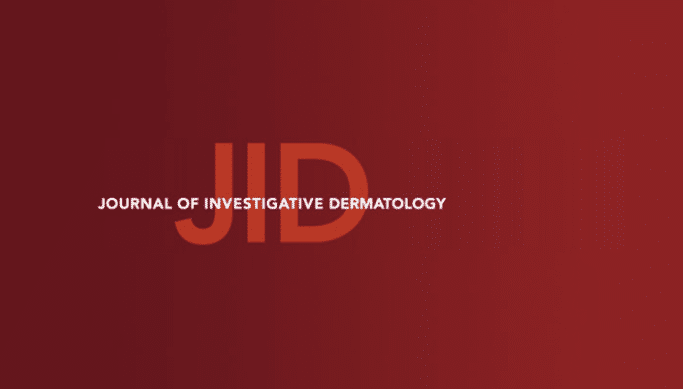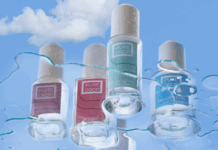The work of Silab's advanced research department and Dr Florence Ruggiero's* research team on dermal segmentation and its matrisome has been recognized by the international scientific community with the publication of a letter to the editor in the Journal of Investigative Dermatology (JID).
A major scientific discovery on the papillary and reticular dermis
The upper dermis, known as the papillary dermis, and the deeper dermis, known as the reticular dermis, are structurally and functionally different. Fibroblasts, the cells responsible for extracellular matrix synthesis, are thought to be at the origin of this segmentation.
"Segmentation of the dermis is a biological research signature dear to Silab " says Brigitte Closs, Executive Vice President, Research and Development, Silab. "When we started working on this subject in 2007, we naturally approached Dr Florence Ruggiero, CNRS Research Director, and her collaborators, recognized worldwide for their expertise in extracellular matrix biology."
Dr Florence Ruggiero's research team and the Silab advanced research department have demonstrated for the first time the signature of a specific gene expression in papillary and reticular fibroblasts in relation to the matrisome, defined as the set of genes coding for extracellular matrix proteins and its associated proteins.
"This letter to the editor in one of the most prestigious scientific dermatology journals is indisputable recognition of the quality of the research work carried out by the two teams. It reinforces our expertise in this field and opens up new prospects for the development of innovative, high-performance natural cosmetic solutions, particularly in the fight against skin ageing. It could also have bioengineering repercussions of skin substitutes to make them ever closer to the physiological reality of the skin." concludes Brigitte Closs.








